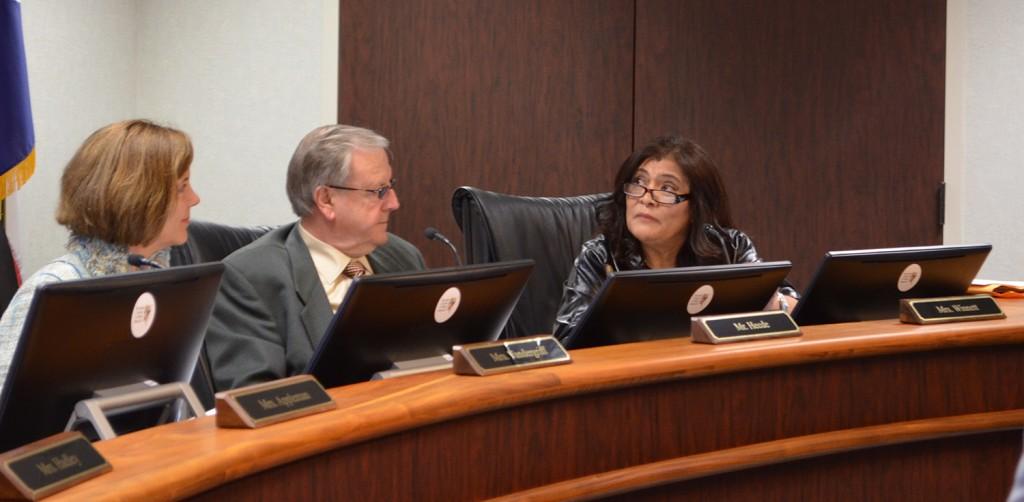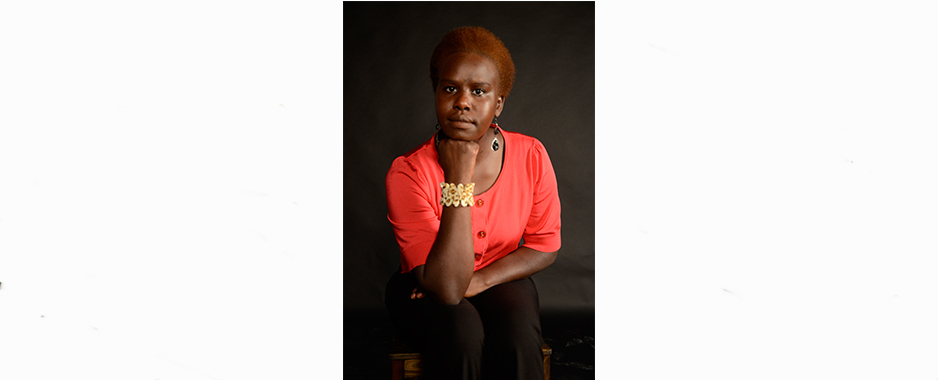By Allen Rosas/reporter
Eight different multiple intelligences exist, and each has a different learning technique, speakers told NE students April 9.
During the presentation, all attendees had a chance to test themselves and decide which intelligences are the strongest in them.
“You may read a chapter, but that doesn’t mean you understood anything,” disability support services coordinator Kim Eason said.
The eight multiple intelligences are a theory created by psychologist Howard Gardner.
“His theory was that your intelligence is your output: what you can produce, what you can create,” Eason said. “He decided on eight particular intelligences.”
The eight intelligences are visual-spatial, interpersonal, intrapersonal, naturalistic, verbal-linguistic, logical-mathematical, bodily-kinesthetic and musical-rhythmic. Eason said a person’s intelligence is supposed to measure one’s academic potential. The average IQ is a score of 100.
Academic advisor Carey Miller said everyone possesses all eight intelligences, but one is stronger than the rest. People who are more verbal linguistic are word smart and good at remembering written and spoken information.
Eason asked audience members what they thought their strongest intelligence was. Then everyone received an explanatory handout and the Multiple Intelligence test.
Miller explained how the results relate to people in different ways and how they are reflected in study skills in everyday life. For instance, verbal-linguistic people might read out loud to themselves or talk with another person. She suggested they might try highlighting, but no more than 10 percent, and reviewing outlines.
Eason and Miller said they had interpreted each of the eight intelligences throughout the presentation. They said they had appealed to the visual by using a PowerPoint and giving out handouts and to the interpersonal by engaging with the audience.
“Being successful not only in school but your entire life is what you should be striving for,” they said.



























